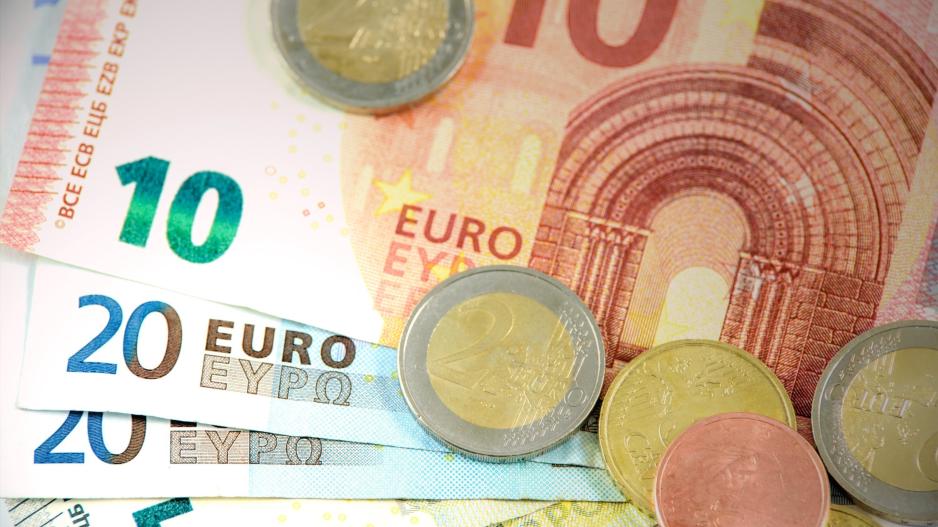New Rules On Withholding Tax Procedures in the EU
On Monday, the European Commission introduced new regulations aimed at improving tax withholding procedures. The objective, as stated in an official announcement, is to promote cross-border investments and combat fraudulent tax practices.
The proposed measures seek to enhance the efficiency and security of tax withholding processes within the European Union for investors, financial intermediaries, such as banks, and member state tax authorities.
Tax withholding refers to cases where an investor, residing in one EU member state, is obligated to pay taxes on interest or dividends earned in another member state. While many member states have signed agreements to avoid double taxation, enabling cross-border investors to claim additional tax refunds, the existing procedures are time-consuming and differ significantly among member states. This inconsistency not only increases administrative burdens for investors but also creates opportunities for financial exploitation.
The Commission's key proposals include the establishment of a unified digital tax residency certificate at the EU level, the implementation of two supplementary accelerated refund procedures, and the introduction of standardized reporting requirements.
The common digital tax residency certificate aims to expedite and streamline the relief process for withheld taxes. By holding a single digital certificate, investors will be able to request multiple tax refunds within the same calendar year. The issuance of the digital certificate should be completed within one working day, replacing the current reliance on paper-based processes.
The supplementary accelerated procedures offer member states two additional options that can be utilized in combination, if necessary. These options include a "relief at source" mechanism and a "quick refund" system.
Additionally, the proposal includes a standardized reporting obligation, which will equip national tax administrations with the necessary tools to verify eligibility for reduced tax rates and identify potential instances of abusive practices.

Pending approval from member states, the proposed regulations are anticipated to come into effect on January 1, 2027. This proposal aligns with the Commission's plan to implement the Capital Markets Union and represents one of several initiatives aimed at simplifying procedures and combating abusive tax practices, as outlined in the official announcement.
“This proposal will further encourage cross-border investment within and into the EU, leading to a stronger, more competitive EU market and a better-functioning Capital Markets Union. This is another step in the right direction, which will make taxation fairer, more user-friendly and updated for our digital world, Valdis Dombrovskis, Executive Vice-President and Commissioner for Trade, stated.
Paolo Gentiloni, Commissioner for Economy said that “today’s proposal will help ensure cross-border investors are not taxed excessively on dividends and interest payments, giving a much-needed shot in the arm to European capital markets. It will also increase transparency: Member States will be able to check whether the withholding tax rate is applied correctly to each eligible taxpayer and to more effectively tackle abuse. Our proposal demonstrates once again that the EU is committed to making life easier for investors and to transforming our tax systems for the better.”






